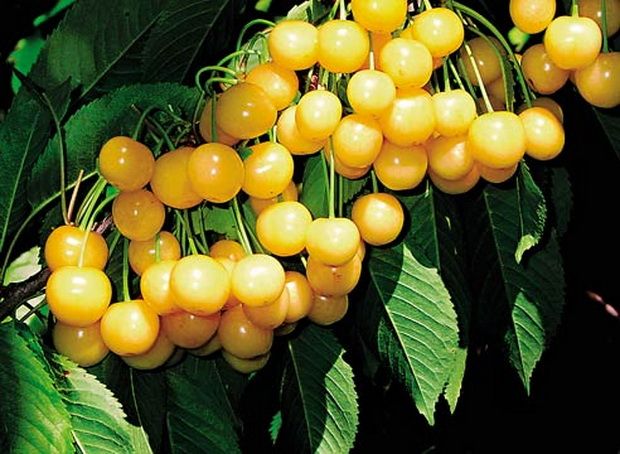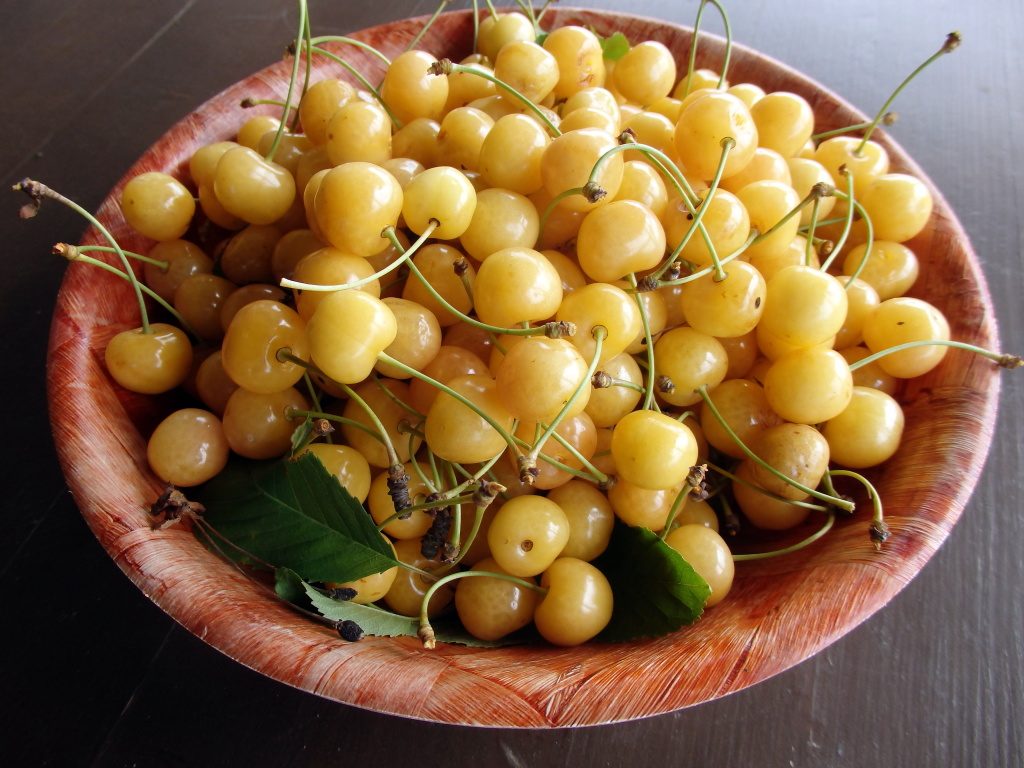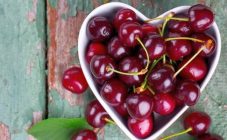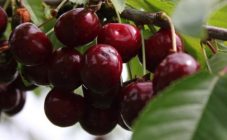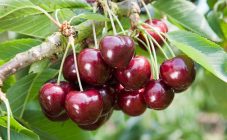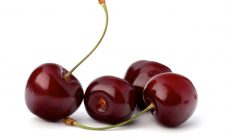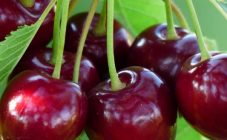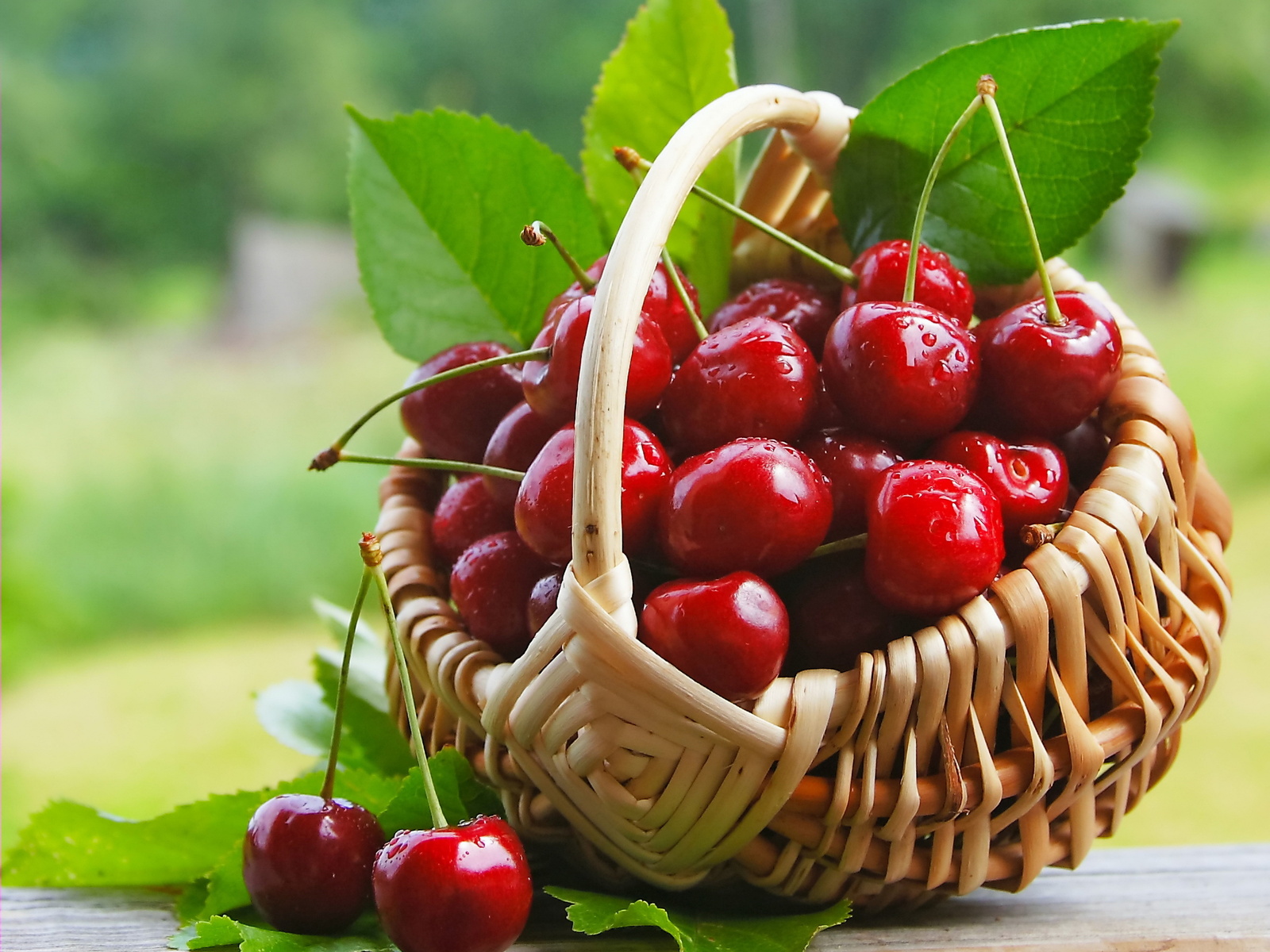Content:
Cherry Chermashnaya is an early-ripening variety bred by Russian breeders. Sweet cherry takes root well in such regions of the Russian Federation as:
- Moscow;
- Kaluga;
- Vladimirskaya;
- Smolenskaya;
- Bryansk region, etc.
Cherry Chermashnaya is yellow-fruited. It is less demanding on conditions than red-fruited. Yellow cherries almost never crack, they are not worried about the rotting process from the abundance of rains, they are less beaten by birds. Russian breeders specially bred a variety that tolerates a cold climate, because cherries love warmth, and residents of the central region of the country would also like to see varieties of this tree on their plots.
Chermashnaya is a dessert variety. The berries are not suitable for long-term storage. Berry transportability is also not very good. The fruits are used fresh, as a dessert decoration, in fruit salads, compotes and for preserving whole berries in their own juice for the winter. Also, yellow berries are suitable for frozen storage. Chermashnaya does not make jam from cherry fruits.
Description and characteristics of the cherry variety Chermashnaya
Large, fast-ripening yellow berry. The maximum berry weight is 5 g. The shape is round. The taste is excellent. Sweet, with barely noticeable sourness, tender, dense.
The stone is small, round, smooth. It separates well from the berry.
The height of the tree reaches 5 m, the branches are brown, smooth, grow in relation to the trunk at an acute or obtuse angle. The crown of the tree is oval, slightly raised. Density is medium. The leaves are not very large, oblong, smooth, rich green, the top of the leaf is well pointed.
Cherry blossoms begin before the leaves have fully opened. By the end of the first month of summer, the fruits are ready to eat. When planting a seedling aged 2 years, fruiting occurs in the 4th year. High yields can be observed from the age of 6. From this age, the tree bears more than 12 kg of fruit. Trees over 10 years old can bear more than 30 kg of fruit. This variety is resistant to most common fungal diseases affecting sweet cherries. The variety does not self-pollinate. It is recommended to plant nearby varieties such as Iput, Chernaya Piterskaya, Rosovaya Bryanskaya, etc. The frost resistance of the variety is average, quite suitable for growing in the central and northern regions of Russia.
Agrotechnics
To get a good harvest of Chermshanaya cherries, you must adhere to the elementary planting conditions. For this variety of cherries, planting is suitable both in spring and autumn. The best time to plant in spring is the last week of April and the first half of May. If the tree is planted within this time frame, it will develop a strong root system that will survive the snowy winter. Autumn planting should be carried out at the end of October, before the first frost.
The choice of a seedling for planting plays an important role.
You need to plant a seedling in a place protected from drafts and winds.Sweet cherries prefer a lot of sunlight. If the tree is planted in the shade, the berries will acquire a sour taste. The soil should be loose, neutral acidity. If the soil is clayey, it should be enriched with vermiculite, sand, or peat. The root system of a sweet cherry will develop better if drainage is added to the soil.
A seedling hole is dug the day before planting. This is done in advance so that the vitamins and nutrients contained in the soil are evenly distributed. The pit should be no more than 80 cm deep. The diameter is about 1 meter. The soil, which will fill the root system of the seedling, should be mixed with potassium-phosphorus fertilizers, with wood ash, with rotted manure. For the seedling, it is necessary to put a support; for this, an even stick is driven into the bottom of the pit.
The roots of the seedling should not be dry. When planting in a hole, the roots of the tree must be evenly distributed over the bottom. After the seedling is covered with soil with fertilizers, it is tied to a prepared support. A hole is formed around the tree, into which 20 liters of water is poured.
Cherries of the Cheremshanaya variety cannot pollinate themselves; at least one cherry of a different species must grow next to the tree. The main condition for such a neighborhood is the same flowering period. Only in this case, pollination will take place on time.
The tree can be watered about 3 times during the summer season. The first time is when buds appear on the branches. The second is when the tree has lost its color, after two weeks. The third is a couple of weeks before harvest. The water should fall to a depth of about 50-60 cm, for this, the soil around the tree must be loosened before watering.
Cheremshany should be fed every year. The first two years, due to the fact that the land was well fertilized before planting, it is not required to make any types of fertilizing, in the third year the tree needs organic and mineral fertilizers. Top dressing for a young tree that forms the root system and a fruiting tree is very different. For young trees, fertilizing is needed once a year, with urea.
Harvesting trees need more frequent feeding. In the spring, the same urea is introduced, at the beginning of autumn - superphosphate and potassium. And before winter, wood ash or rotted manure is introduced.
Sweet cherry is a very clean tree, so the hole must be kept clean, without weeds. After watering, the top of the soil must be loosened so that air and moisture reach the root system. It will help to retain moisture and mulch spread out in the hole under the tree. Trunks whitewashed in early spring will not suffer from sunburn in spring and summer, from severe frosts in autumn and winter.
Trees that have not reached the age of 5 years need to be insulated for the winter. Before the onset of frost, the cherry trunk is wrapped in burlap or agrofibre.
The cherry variety Cheremshanaya is quite resistant to all kinds of fungal diseases, but sometimes it also gets sick. For the prevention of cystoporosis, the near-stem well is kept clean, with bacteriosis, the amount of fertilizers containing nitrogen should be increased. In case of klyasteosporiasis, the branches that this disease has beaten are cut and burned, the cut sites are smeared with garden var. With a cherry fly, you cannot leave spoiled fruits on the tree, and with a cherry aphid, a special decoction of ash is prepared with which all cherries are irrigated. From brown spot on the leaves, it is required to cut off the spoiled branches, treat the cuts with copper sulfate, get rid of the leaves that have fallen off. To prevent gray rot, in early spring a 5% urea solution is applied under the tree.
Harvesting should also follow certain tactics. The berries should not be allowed to pluck along with the entire bouquet branch, since it will not recover the next year, therefore, the yield will decrease.Harvested only in dry weather, as wet berries will immediately start to deteriorate. Do not mix slightly rotten fruits with whole ones.
Advantages and disadvantages
The advantage of this cherry variety is a fast and plentiful harvest, berry taste, resistance to diseases, pests and frost. The disadvantages include the fact that the variety is self-infertile. Also, the undoubted disadvantage is the short storage of fruits.
Cherry Chermashnaya is an undemanding, high-yielding variety characterized by regular fruiting. Paying a minimum of attention to the tree, you can enjoy delicious berries already at the beginning of summer, and having prepared the conservation, enjoy the taste of cherries in winter.
